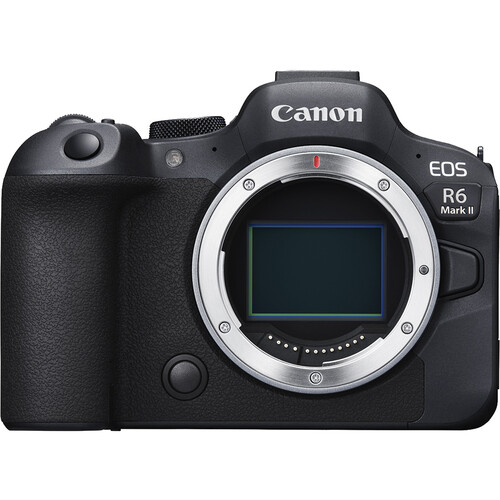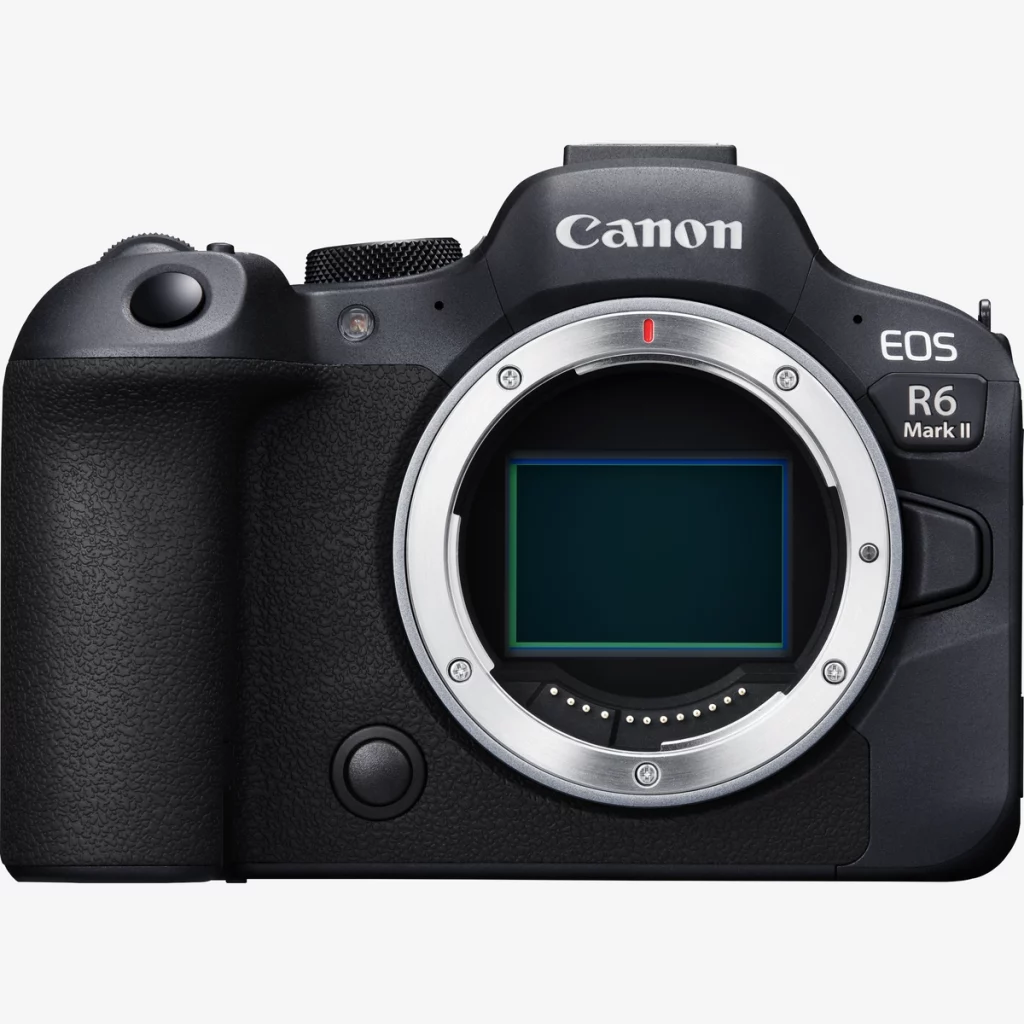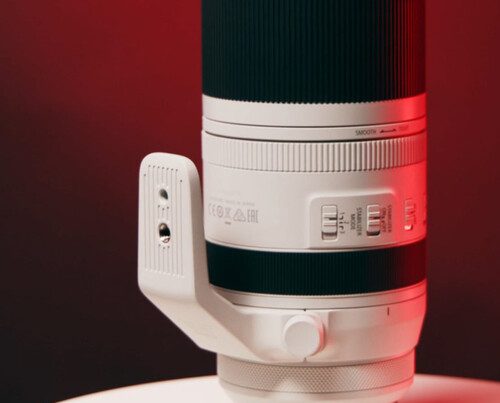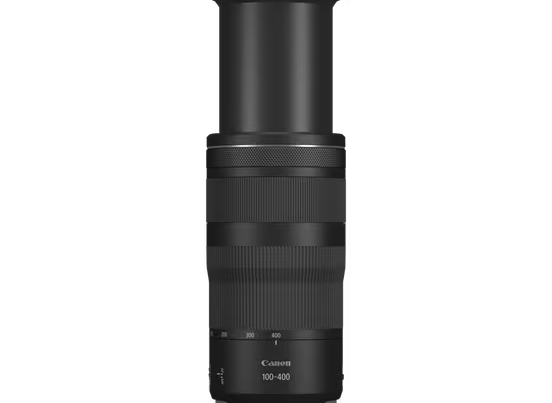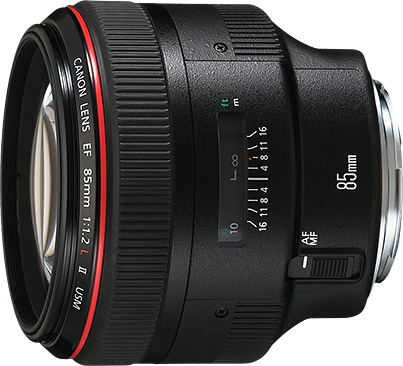Introduction
When it comes to photography, one big question lingers in the minds of many: Can a mirrorless camera truly replace a DSLR and its trusty lens kit? In this Canon R6 Mark II In-Depth Review, we’ll explore whether this camera has what it takes to be your all-in-one solution. The Canon R6 Mark II has generated buzz among both hobbyists and professionals, thanks to its mix of speed, image quality, and modern features. But does it really stand as the best mirrorless alternative to DSLR setups? Let’s dive in and find out.
Table of Contents
- Introduction
- Why Photographers Are Considering the Switch
- Canon R6 Mark II vs DSLR Comparison
- Canon R6 Mark II Performance Test
- Low Light Shooting Capabilities
- Lens Compatibility and Flexibility
- Image Quality and Dynamic Range Review
- Video Recording Features Explained
- Handling and Ergonomics in Real Use
- Price and Value for Money
- Conclusion
- FAQs
Why Photographers Are Considering the Switch
Over the years, DSLRs have ruled the photography world. Their robust design, long battery life, and massive lens ecosystem made them the go-to choice. But mirrorless systems like the Canon R6 Mark II are catching up quickly.
Think of it this way: switching from a DSLR to mirrorless is like moving from a classic car to a sleek electric vehicle. You still get the thrill of driving, but with modern upgrades like efficiency and speed.
With the Canon R6 Mark II, you get a full-frame mirrorless camera upgrade that promises the performance of a DSLR while offering lighter weight, better autofocus, and video features that traditional DSLRs simply can’t match.
Canon R6 Mark II vs DSLR Comparison
This section is crucial. People often want to know: What’s the real difference?
- Size and Weight: The Canon R6 Mark II is noticeably lighter than most DSLR bodies, making it easier to carry all day.
- Autofocus System: Canon’s Dual Pixel CMOS AF II is far superior, giving the R6 Mark II lightning-fast subject tracking compared to older DSLR systems.
- Viewfinder: While DSLRs have optical viewfinders, the electronic viewfinder (EVF) in the R6 Mark II offers a live preview with exposure, color, and focus accuracy displayed in real time.
- Battery Life: DSLRs still win here, but mirrorless is improving fast.
- Video Features: This is where the Canon R6 Mark II shines—it’s a real hybrid solution.
In essence, when we do a Canon R6 Mark II vs DSLR comparison, the mirrorless model edges ahead in most categories that matter for modern creators.
Canon R6 Mark II Performance Test
We ran a Canon R6 Mark II performance test in different scenarios—sports, street, and portraits. The results? Impressive.
- Burst Shooting: Up to 40fps electronic shutter ensures you never miss fast-moving action.
- Buffer: Handles long shooting bursts without lag.
- Autofocus: Eye detection works flawlessly, even on moving subjects.
Compared to mid-level DSLRs, the R6 Mark II’s performance feels like a leap forward.
Low Light Shooting Capabilities
If you’re a wedding or event photographer, low-light performance matters. The Canon R6 Mark II low light shooting is one of its strongest features.
- ISO performance is clean up to ISO 6400, with usable files even higher.
- Dual Pixel AF II locks onto subjects even in dim lighting.
- The in-body image stabilization (IBIS) allows handheld shooting at slower shutter speeds.
This makes it a perfect tool for environments where DSLRs might struggle without external lighting.
Lens Compatibility and Flexibility
One of the biggest concerns when switching from DSLR to Canon R6 Mark II is lens investment.
The good news? With the Canon EF-to-RF adapter, all your existing DSLR lenses can still be used. That means your trusted glass collection won’t gather dust. On top of that, Canon’s RF lenses are designed for sharper results, faster autofocus, and compact builds.
This flexibility makes the transition smoother than many expect.
Image Quality and Dynamic Range Review
In our Canon R6 Mark II image quality analysis, the results were remarkable:
- Color Science: True to Canon’s reputation, colors are rich and natural.
- Dynamic Range: In our Canon R6 Mark II dynamic range review, highlights and shadows retain plenty of detail, rivaling higher-end cameras.
- Resolution: The 24.2MP sensor strikes a balance between file size and detail, making it versatile for both print and digital.
Whether you’re shooting landscapes, portraits, or editorial work, this camera delivers reliable results.
Video Recording Features Explained
Video shooters will be happy here. The Canon R6 Mark II video recording features are a leap forward from DSLRs:
- 6K oversampled 4K video at 60fps
- 10-bit recording with Canon Log 3
- Slow-motion at 180fps in Full HD
- Unlimited recording time (no 30-minute cap)
For creators aiming at YouTube, short films, or hybrid photo-video work, the R6 Mark II is a powerhouse.
Handling and Ergonomics in Real Use
No camera is worth it if it feels awkward in hand. Luckily, the Canon R6 Mark II handling and ergonomics are spot-on.
- Deep grip for comfort with larger lenses.
- Logical button layout with customizable controls.
- Vari-angle LCD screen for vlogging, low angles, or overhead shots.
It feels modern yet familiar, so DSLR users won’t struggle to adjust.
Price and Value for Money
This is always the deciding factor.
The Canon R6 Mark II price and value sit in the premium mid-range category. It’s more expensive than entry-level DSLRs but delivers professional-grade performance without the bulk.
If you’re interested, you can check availability and pricing at shop PROFESSIONAL IMAGING SOLUTION.
When you compare features, the cost feels justified—especially for photographers who want one system that does it all.
Conclusion
So, can the Canon R6 Mark II replace your DSLR + lens kit? The short answer: yes, for most photographers and videographers.
From outstanding autofocus to professional video features and excellent low-light performance, this camera is designed for today’s hybrid creators. While DSLRs still have their place, the R6 Mark II represents the future.
If you’ve been on the fence, this Canon R6 Mark II In-Depth Review shows that the jump is worth it.
FAQs
Yes, it offers better autofocus, lighter weight, and advanced video features while keeping lens compatibility.
Yes, with the EF-to-RF adapter, your existing Canon EF lenses will work perfectly
It handles low light impressively, with clean results up to ISO 6400 and excellent stabilization.
Absolutely. From portraits to sports, it delivers high-end results suitable for professionals.
For those seeking a hybrid camera that can replace both DSLR photography and video rigs, yes—it’s a solid investment.


